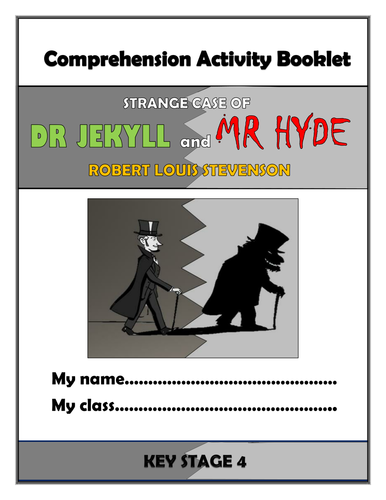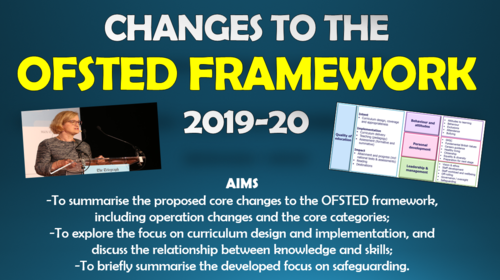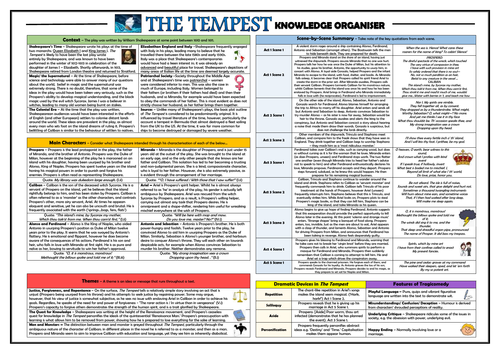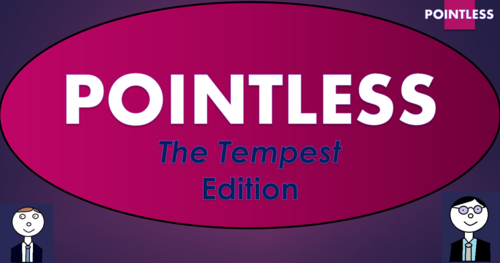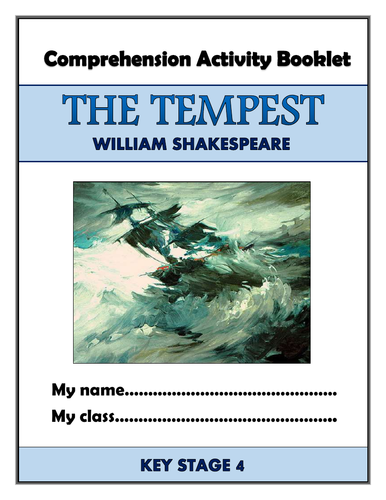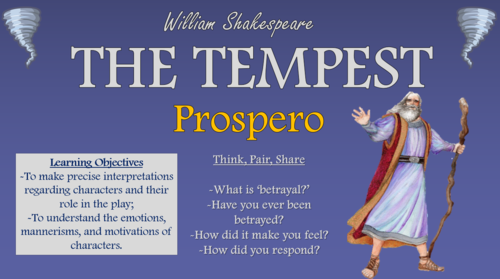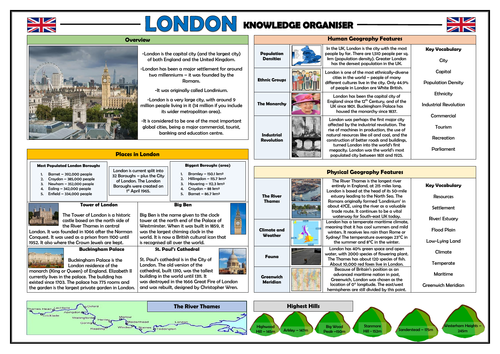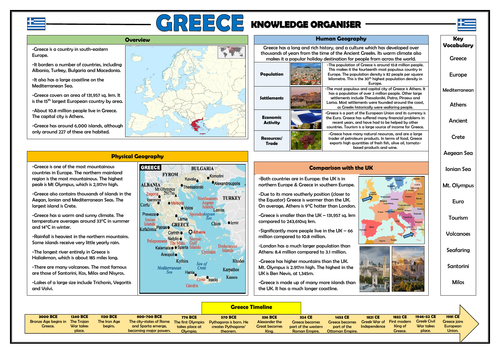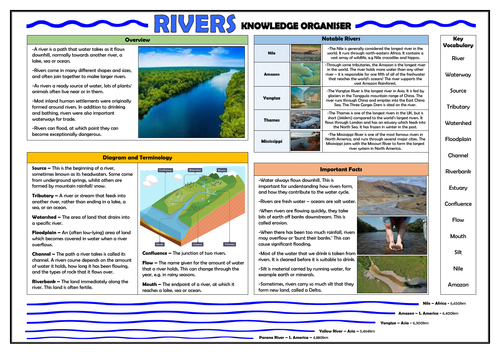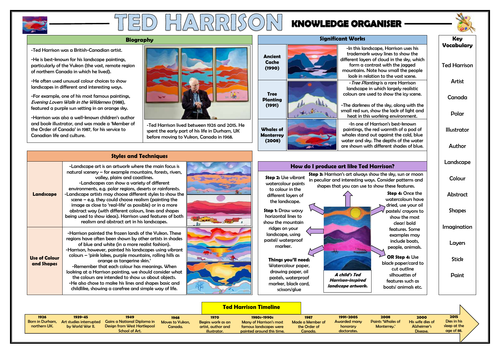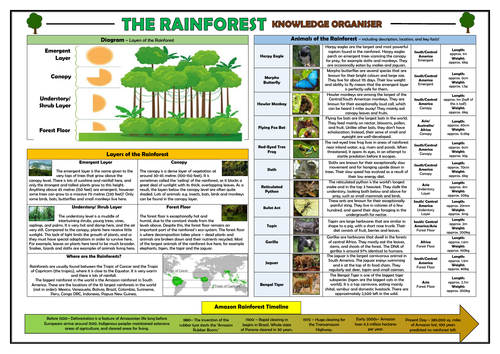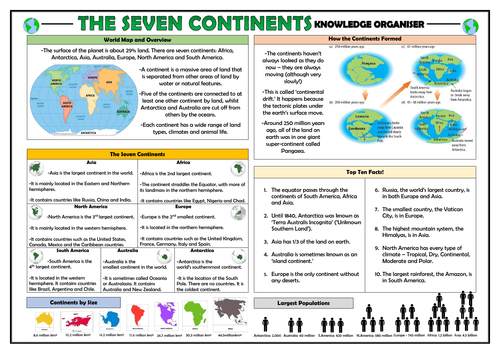
3k+Uploads
1952k+Views
2270k+Downloads
Whole school

Pride and Prejudice - Social and Historical Context!
This engaging and informative lesson enables students to gain a detailed insight into the social and historical context of Jane Austen’s 'Pride and Prejudice.' In particular, students learn about love, class, inheritance, and reputation in the Georgian and Regency eras – key themes throughout Austen’s novel. They then make clear and sustained links between the features of context and the text.
The lesson follows a step-by-step learning journey, in which students learn through:
- Playing a fun and interactive quiz about the life of Jane Austen;
- Completing carousel activities in groups to learn about the key features of love, class, inheritance, reputation, and royalty in the Georgian/ Regency eras;
- Linking their understanding of context to the key elements of the text;
- Analysing how Austen is influenced by key features of 19th Century life in 'Pride and Prejudice.'
- Peer assessing each other's learning attempts.
Included is:
- Whole lesson PowerPoint - colourful and comprehensive;
- All resources for the carousel activities, including sheets needed for 'Love and Courtship Blind Date', 'Social Class Detectives', and 'Georgian and Regency Royalty.'
- Analysis template with success criteria for creating well-structured responses;
- Comprehensive lesson plan.
There are also opportunities for group learning, peer assessment, and whole class discussion. These resources were originally taught to GCSE students, but with subtle adaptations they have also been used with both younger and older (up to A Level) students.
Please note that one of the introduction activities requires internet access.
All images are licensed for commercial use, and image rights are listed on the last page of the presentation.

Dr Jekyll and Mr Hyde Comprehension Activities Booklet!
This resource booklet contains a wide range of age-appropriate, engaging, and meaningful comprehension activities for use throughout the reading of Robert Louis Stevenson's 'Strange Case of Dr Jekyll and Mr Hyde.' Teachers have found them particularly useful in exam revision, comprehension tasks, or guided reading sessions. They are perfect for aiding the progress of students towards meeting the KS4 expectations within the new National Curriculum framework - this makes the tasks suitable for all examining bodies. Students have found these resources extremely engaging, and for teachers there is explicit information within each task regarding which comprehension strands the task is designed to demonstrate. They also relate to key extracts, characters, and themes from the story, ensuring that students gain a deep understanding of the text.
Activities within the booklet include:
- 'Context: 19th Century England' - to aid students with 'Drawing on knowledge of the purpose, audience and context of the writing, including its social, historical and cultural context and the literary tradition to which it belongs, to inform evaluation;'
- 'Stevenson's Description' - to aid students with 'Analysing a writer’s choice of vocabulary, form, grammatical and structural features, and evaluating their effectiveness and impact;'
- 'Mr Hyde' - to aid students with 'Seeking evidence in the text to support a point of view, including justifying inferences with evidence;'
- 'Editing the Novel' - to aid students with 'Making an informed personal response, recognising that other responses to a text are possible and evaluating these.'
Plus many, many more activities (the booklet is around 30 pages in length!) I've also added it as a PDF in case the formatting differs on your computer.
All images are licensed for commercial use, and are cited on a separate document (included).

Wonder KS2 Comprehension Activities Booklet!
This resource booklet contains a wide range of age-appropriate and engaging comprehension activities for use throughout the reading of R.J. Palacio’s 'Wonder.’ Teachers have found them particularly useful in comprehension or guided reading sessions. They are perfect for aiding the progress of children towards meeting the KS2 expectations within the new National Curriculum framework. Children love learning from these resources, whilst they are also of great use to teachers, as there is explicit information within each task regarding which comprehension strands the task is designed to demonstrate. They also relate to key extracts, characters, and themes from the story, ensuring that children gain a deep understanding of the text.
Activities within the booklet include:
‘An Interview with Auggie’ - to enable students to demonstrate that they can: ‘Understand what is read by drawing on information from more than one paragraph, identifying key details that support the main ideas, and using quotations for illustration;’
‘Palacio’s Description’ - to enable students to demonstrate that they can: ‘Explain meanings of words that they know and ask the meaning of new words. Link the meaning of new words to words that they already know;’
‘Julian Alban’s and Summer’s Character Profiles!’ - to enable students to demonstrate that they can: ‘Understand what is read by drawing on information from more than one paragraph, identifying key details that support the main ideas, and using quotations for illustration;’
'Figurative Language in ‘Wonder’ - to enable students to demonstrate that they can: ‘Discuss and evaluate how authors use language, including figurative language, to create an impact on the reader.’
Plus many, many more activities (the booklet is 21 pages in length!) I’ve also added it as a PDF in case the formatting differs on your computer.
All images are licensed for commercial use, and are cited on a separate document (included).

Wonder Knowledge Organiser/ Revision Mat!
This detailed and visually-appealing resource offers a complete reference point for students learning or revising R.J. Palacio’s ‘Wonder.’ It contains comprehensive sections on:
Context;
Section by Section Summary (with quotes);
Main Characters;
Themes;
Palacio’s Literary Devices;
The Narrative Point of View.
All key words and ideas are compartmentalised for easy reference. The resource is designed to be printed onto A3, and is provided as both a PDF and a Word version (so that you can edit if you want to). All images used are licensed for commercial use and are cited on a separate document (included). It is suitable for all students, but was originally made for those between years 5-8.

Wonder - Via Pullman!
This engaging and informative lesson enables students to understand the role that Via Pullman plays in R.J. Palacio’s ‘Wonder.’ In particular, students consider how Via fits the role of the ‘Helper’ in the novel, whilst also managing to traverse her own issues and difficulties. After reading and analysing how Via meets each of the features of the ‘Helper’ role, students consider Palacio’s intentions for including a character like Via, before designing their own appropriate and imaginative Helpers for the novel.
There is easily enough content for at least 2 lessons here, following a step-by-step learning journey. Children learn through:
-Comprehending how each of the characters in ‘Wonder’ corresponds to Vladimir Propp’s character types, including Via as ‘The Helper’;
-Comprehending further details about Via’s character, through close reading and understanding of identified extracts in Wonder;
-Analysing how Via meets the role of the Helper in the text, whilst also considering J.P Palacio’s intentions in her characterisation of Via;
-Creating their own additional ‘Helper’ characters for the text, using their imaginations, and the understanding of character type that they have gathered over the course of the lesson;
-Peer assessing each other’s learning attempts.
Included is:
Whole lesson PowerPoint - colourful and comprehensive;
Via as the Helper worksheet
Character profile template;
Comprehensive lesson plan.
All resources are provided in Word (for easy editing) and PDF (to ensure formatting remains fixed between different computers). Word documents are in the zip file. There are also opportunities for group learning, speaking and listening, peer assessment, and whole class discussion. I originally used these resources with a year 6 class, however colleagues have used them for between years 5 and 8 with only minor adaptations.
All images are licensed for commercial use, and image rights are listed on the last page of the presentation.

John Donne - Death, Be Not Proud - Comprehension Activities Booklet!
This 16-page resource booklet contains a wide range of challenging and engaging comprehension activities for use throughout the reading of John Donne’s sonnet 'Death, Be Not Proud.’ They are perfect for aiding the progress of students learning poetry either in KS3 and KS4 in preparation for poetry/unseen poetry at GCSE, as the tasks draw on English Literature assessment objectives - suitable for all examining bodies - it is clearly highlighted within each task regarding which assessment strands the task is designed to demonstrate.
The booklet is provided in both Word (to allow for easy editing) and PDF (to ensure for consistency of formatting between computers).
Activities within the booklet include (amongst many others):
‘Analysing Context’ - helping students to ‘Show understanding of the relationships between texts and the contexts in which they were written.’
‘Analysing Subject Matter, Language and Structure’ - to help students to ‘Analyse the language, form and structure used by a writer to create meanings and effects, using relevant subject terminology where appropriate.’
‘Diary Entry’ - to help students to ‘Use a range of vocabulary and sentence structures for clarity, purpose and effect, with accurate spelling and punctuation. Make an informed personal response, recognising that other responses to a text are possible and evaluating these.’
‘The Speaker’ - to help students to ‘Read, understand and respond to texts. Students should be able to: maintain a critical style and develop an informed personal response use textual references, including quotations, to support and illustrate interpretations.’

CPD - Summary of Changes to the Ofsted Framework 2019-20
AMENDED TO REFLECT THE FINAL VERSION OF THE NEW OFSTED FRAMEWORK - MAY 2019.
This clear and concise review is designed to provide senior/middle leaders, governors, and academic staff with a comprehensive understanding of the new Ofsted framework, to be launched from September 2019.
It aims to:
-Summarise the proposed core changes to the OFSTED framework, including operation changes and the core categories;
-Explore the focus on curriculum design and implementation, and discuss the relationship between knowledge and skills;
-Briefly discuss the developed focus on safeguarding in the new framework.
The slides are colourful, visually-appealing, and break down some of the more complex points so that they are easily understood. It also contains a range of discussion questions throughout, both within and at the end of each section.
I hope that you find it helpful!

The Tempest Knowledge Organiser/ Revision Mat!
This detailed and visually-appealing resource offers a complete reference point for students learning or revising William Shakespeare’s ‘The Tempest.’ It contains comprehensive sections on:
Context;
Scene by Scene Summary (with quotes);
Main Characters;
Themes;
Dramatic Devices;
Features of Tragicomedy.
Key words and ideas are underlined for easy reference. The resource is designed to be printed onto A3, and is provided as both a PDF and a Word version (so that you can edit if you want to). All images used are licensed for commercial use and are cited on a separate document (included).

The Tempest Pointless Game!
Based on the popular game show ‘Pointless’, this resource is perfect for use as a whole lesson resource, enrichment option, or revision tool. Editable, so that you can change to any other topic or change questions. (I’ve also added a blank template so that you can make your own games from scratch). Containing almost 30 slides of sound clips and suitably challenging questions, this resource is effective at both promoting engagement and enhancing learning. There are several full rounds of questions to build or revisit knowledge of characters, plot, and themes in ‘The Tempest.’
Round 1. The characters in The Tempest
Round 2. Quotations from the text
Round 3. Settings and Objects
Round 4. Themes in The Tempest
The nature of this game ensures that the resource can challenge students of all levels.
A blank template has also been added, so that you can create your own games!

The Tempest Comprehension Activities Booklet!
This resource booklet contains a wide range of age-appropriate, engaging, and meaningful comprehension activities for use throughout the reading of William Shakespeare’s ‘The Tempest.’ Teachers have found them particularly useful in exam revision, comprehension tasks, or guided reading sessions. They are perfect for aiding the progress of students towards meeting the KS4 expectations within the new National Curriculum framework - this makes the tasks suitable for all examining bodies. Students have found these resources extremely engaging, and for teachers there is explicit information within each task regarding which comprehension strands the task is designed to demonstrate. They also relate to key extracts, characters, and themes from the play ensuring that students gain a deep understanding of the text.
Activities within the booklet include:
‘Context: Shakespearean Times’ - to aid students with ‘Drawing on knowledge of the purpose, audience and context of the writing, including its social, historical and cultural context and the literary tradition to which it belongs, to inform evaluation;’
‘Shakespeare’s Description’ - to aid students with ‘Analysing a writer’s choice of vocabulary, form, grammatical and structural features, and evaluating their effectiveness and impact;’
‘Prospero’ and ‘Miranda’ character profiles- to aid students with ‘Seeking evidence in the text to support a point of view, including justifying inferences with evidence;’
‘Editing the Play’ - to aid students with ‘Making an informed personal response, recognising that other responses to a text are possible and evaluating these.’
Plus many, many more activities (the booklet is around 30 pages in length!) I’ve also added it as a PDF in case the formatting differs on your computer.
All images are licensed for commercial use, and are cited on a separate document (included).

The Tempest - Prospero!
This engaging and informative lesson enables students to develop a detailed understanding of the leading protagonist in William Shakespeare’s The Tempest: Prospero. In particular, students make precise interpretations regarding Prospero’s characterisation and involvement in key plot events, before demonstrating a clear perception of his mannerisms, emotions and motivations through progressively more difficult learning activities.
The lesson follows a step-by-step learning journey, in which students learn through:
Understanding the roles that betrayal and loyalty play in driving Prospero’s actions;
Reading and comprehending key Propsero quotations, using these to infer and interpret key elements of his characterisation;
Using textual exploration to discover how Prospero is developed over the course of the play;
Completing a range of activities based on Bloom’s Taxonomy to demonstrate understanding of Prospero’s character;
Showing empathy for and understanding of Prospero’s character, through a fun hot-seating activity;
Self-assessing their learning throughout the lesson;
Included is:
Whole lesson PowerPoint - colourful and comprehensive;
Quotation Stations Log;
Prospero Key Quotes;
Extracts from Later Scenes (freely available online);
Prospero Bloom’s Taxonomy Activities Worksheet;
Comprehensive lesson plan.
Resources are provided in PDF (to maintain formatting) and Word (so that they are easily editable - they can be found in the zipfile)
The lesson contains opportunities for group learning, speaking and listening, peer assessment, and whole class discussion. I originally used these resources with year 10 and 11 classes, however colleagues have used them for between year 9 and year 13 with some adaptations.
All images are licensed for commercial use, and image rights are listed on the last page of the presentation.

Place Knowledge - London - Knowledge Organiser!
This clear, detailed and visually-appealing resource offers a complete reference point for students learning or revising knowledge relating to London, as a part of their place knowledge in geography. It contains comprehensive sections on:
Overview;
Places/ Landmarks in London;
The River Thames;
Topography/ Highest Hills;
Human Geography Features;
Physical Geography Features;
Key Vocabulary.
The resource is designed to be printed onto A3, and is provided as both a PDF and a Word version (so that you can edit if you want to). All images used are licensed for commercial use and are cited on a separate document (included). The resource is aligned with the expectations of the geography national curriculum.

Latitude and Longitude Knowledge Organiser - KS2 Geography!
This clear, detailed and visually-appealing resource offers a complete reference point for students revising knowledge relating to latitude and longitude, as a part of their study of locational knowledge in geography. It contains comprehensive sections on:
Overview;
Labelled Diagram;
Features of Latitude (Equator, Tropics of Cancer/Capricorn, Northern and Southern Hemispheres, and Arctic and Antarctic Circles);
Features of Longitude (Greenwich/ Prime Meridian and Time Zones);
Time Zones across the World;
Key Vocabulary.
The organiser is designed to help children to learn the relevant locational knowledge from the KS2 Geography National Curriculum: ‘identify the position and significance of latitude, longitude, Equator, Northern Hemisphere, Southern Hemisphere, the Tropics of Cancer and Capricorn, Arctic and Antarctic Circle, the Prime/Greenwich Meridian and time zones.’
The resource is designed to be printed onto A3, and is provided as both a PDF and a Word version (so that you can edit if you want to). All images used are licensed for commercial use and are cited on a separate document (included).

Greece Knowledge Organiser - KS2 Geography Place Knowledge!
This clear, detailed and visually-appealing resource offers a complete reference point for students revising knowledge relating to Greece, as a part of their study of place, human and physical geography. It contains comprehensive sections on:
Overview and Maps;
Physical Geography;
Human Geography;
Comparison with the United Kingdom;
Greece Timeline;
Key Vocabulary.
The organiser is designed to help children to learn the relevant place, human and physical geography knowledge from the KS2 Geography National Curriculum: -‘understand geographical similarities and differences through the study of human and physical geography of a region of the United Kingdom and a region in a European country’
-‘physical geography, including: climate zones, rivers, mountains, volcanoes and earthquakes’
-‘human geography, including: types of settlement and land use, economic activity
including trade links, and the distribution of natural resources including energy.’
The resource is designed to be printed onto A3, and is provided as both a PDF and a Word version (so that you can edit if you want to). All images used are licensed for commercial use and are cited on a separate document (included).

Oceans and Seas Knowledge Organiser - Geography Locational Knowledge!
This clear, detailed and visually-appealing resource offers a complete reference point for students revising knowledge relating to the five oceans and seven seas, as a part of their study of locational knowledge in geography. It contains comprehensive sections on:
Overview and world map;
The Five Oceans Facts;
The Five Oceans by Size;
Deepest Points in the Oceans;
Interesting Ocean Features;
Seas.
The resource is designed to be printed onto A3, and is provided as both a PDF and a Word version (so that you can edit if you want to). All images used are licensed for commercial use and are cited on a separate document (included). The resource is most suitable for students in KS1 or lower KS2.

Rivers Knowledge Organiser!
This clear, detailed and visually-appealing resource offers a complete reference point for students revising knowledge relating to rivers, as a part of their study of physical geography. It contains comprehensive sections on:
Overview;
Diagram and Terminology;
Notable Rivers;
Important Facts;
World’s Longest Rivers;
Key Vocabulary.
The organiser is designed to help children to learn the relevant physical geography knowledge from the KS2 Geography National Curriculum, however it can be adapted for other age groups if necessary.
The resource is designed to be printed onto A3, and is provided as both a PDF and a Word version (so that you can edit if you want to). All images used are licensed for commercial use and are cited on a separate document (included).

Tim Berners-Lee and the World Wide Web - KS2 Computing Lesson!
This engaging and informative lesson enables children to find out all about the invention of the world wide web. They also explore information about the inventor of the web: Tim Berners-Lee.
The lesson follows a comprehensive and colourful PowerPoint presentation, which guides children through:
-Defining the internet and the world wide web, and understanding that the two are not the same thing;
-Learning what the world wide web is made up of;
-Researching to find out information about Tim Berners Lee, using a helpful research template;
-Creating an information document about the world wide web and Tim Berners-Lee.
This resource pack includes the PowerPoint lesson, the research template worksheet and some images for children to enhance their information document.

Ted Harrison - KS1 Knowledge Organiser!
This clear, detailed and visually-appealing resource offers a complete reference point for students learning about the landscape artist Ted Harrison, as a part of their art and design study.
It contains comprehensive sections on:
-Biography of the Artist;
-Styles and Techniques;
-Ted Harrison Timeline;
-Significant Works;
-Key Vocabulary;
-How do I create art like Ted Harrison?
This resource can be adapted for all ages, but was originally designed for KS1/ lower KS2 children.
The resource is designed to be printed onto A3, and is provided as both a PDF and a Word version (so that you can edit if you want to). All images used are licensed for commercial use and are cited on a separate document (included).

Rainforests KS2 Knowledge Organiser!
This clear, detailed and visually-appealing resource offers a complete reference point for students learning or revising knowledge relating to rainforests. It contains comprehensive sections on:
The different layers of the rainforest (emergent, canopy, understory/shrub, forest floor) and diagram;
Information about where rainforests can be found in the world;
Animals of the rainforest (including distribution, images, habitat, size/weight, and key facts);
Timeline of deforestation;
The resource is designed to be printed onto A3, and is provided as both a PDF and a Word version (so that you can edit if you want to). All images used are licensed for commercial use and are cited on a separate document (included). The resource is most suitable for students in KS2 or KS3.

The Seven Continents - Knowledge Organiser!
This clear, detailed and visually-appealing resource offers a complete reference point for students revising knowledge relating to the seven continents, as a part of their study of locational knowledge in geography. It contains comprehensive sections on:
Overview and world map;
The Seven Continents Facts;
The Seven Continents by Size;
The Seven Continents by Population;
How the Continents were Formed;
Top Ten Seven Continents Facts.
The resource is designed to be printed onto A3, and is provided as both a PDF and a Word version (so that you can edit if you want to). All images used are licensed for commercial use and are cited on a separate document (included). The resource is most suitable for students in KS1 or KS2.


